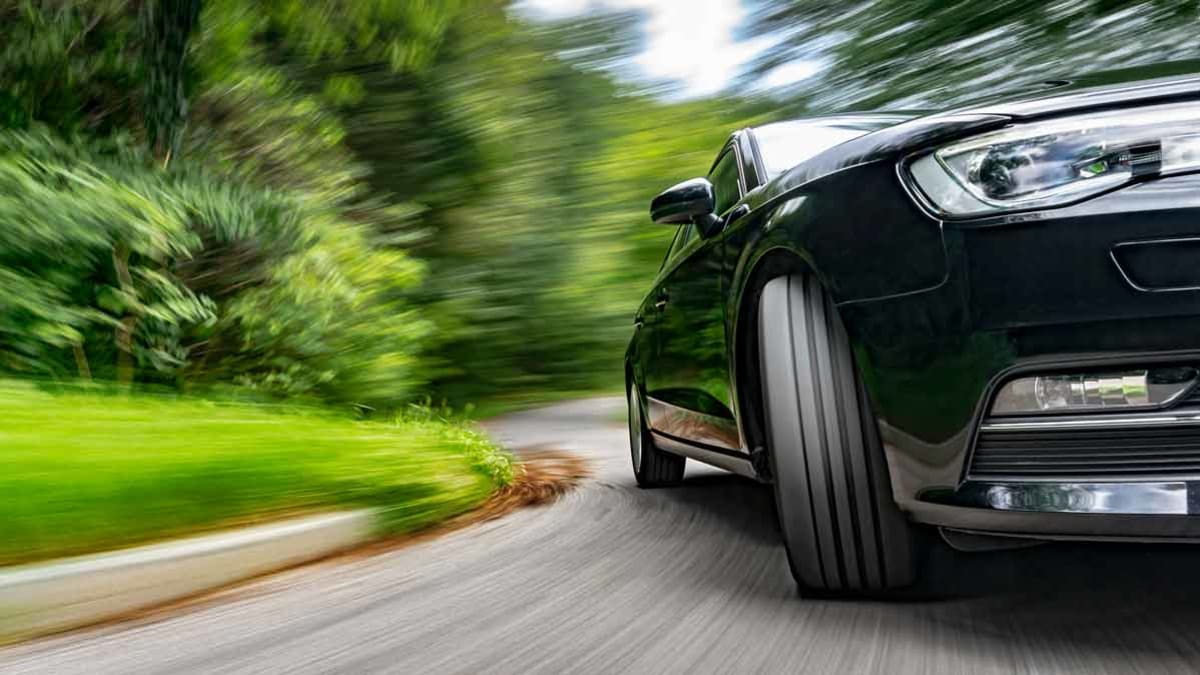Its that time when the questions about winter tires appear. This year I found some good tests of rolling resistance (RR) between many winter tire choices. To compare the effect of the kg/t RR numbers below, there are multiple tests I have linked in other threads showing that the popular Michelin cross climate 2s gave 10-13% less range than stock and they measure 7.9kg/t RR. There are many tires that are even worse, likely since most people with ICE cars don't even care about or look at RR. I bought Michelin X Ice Snow after much research since they are rated best for ice braking, and decent for loose snow, and they have been great through last winter. Testing from www.tyrereviews.com and www.alltyretests.com, too bad they are UK based and I can't find any US based testers who report RR numbers:
![Image]()
![Image]()
![Image]()
Edit: adding data that is even better and specific to our tire sizes from the EU tyre database discussed below starting at post# 24. A tyre with a rolling resistance coefficient of <6.6 kg/t receives the Label-Class A. Up to 7.7 kg/t -Class B, then to 9.1 class C. In tests of 235/55r19 rolling resistance on a Tesla model S, each increase of 1kg/t between 6-9 changed the range by 4%. For example changing from a 9 (C) to 6 (A) increased range by 12% and 54km (34 miles.)
Edit: adding data that is even better and specific to our tire sizes from the EU tyre database discussed below starting at post# 24. A tyre with a rolling resistance coefficient of <6.6 kg/t receives the Label-Class A. Up to 7.7 kg/t -Class B, then to 9.1 class C. In tests of 235/55r19 rolling resistance on a Tesla model S, each increase of 1kg/t between 6-9 changed the range by 4%. For example changing from a 9 (C) to 6 (A) increased range by 12% and 54km (34 miles.)
| 1 | Tire Model | 235/55R19 | 255/50R19 | 235/50R20 | 255/45R20 | 235/60R18 | Noise | Wet grip | Load 19 | Load 20 |
|---|---|---|---|---|---|---|---|---|---|---|
| 2 | BRIDGESTONE ALENZA SPORT A/S | B | A | B | B | 71,72 | B | 105T-107T | 104T-105T | |
| 3 | KUMHO PS71 | A | B | B | B | A | 72 | B-C | 105V | 105T |
| 4 | PIRELLI SCORPION ZERO A/S | B | B | B | B | 70 | C | 105V-107H | 104W-105W | |
| HANKOOK KINERGY AS EV | A | A | A | A | 70 | A | 105T-107T | |||
| 5 | HANKOOK iON EVO EV | A | A | A | A | 69 | A | 111Y | ||
| 6 | MICHELIN X-ICE SNOW SUV | B | C | C | C | C | 69 | E | 105H-107H | 104T-105T |
| 7 | MICHELIN CROSSCLIMATE 2 SUV | C | C | B-C | B-C | C-D | 71 | B | 103V-105V | 105V |
| 8 | BRIDGESTONE BLIZZAK DM-V3 | E | E | E | E | 72,73 | E | 105T-107T | 104T | |
| 9 | BRIDGESTONE BLIZZAK DM-V2 | E | E | E | 72 | E | 105T-107T | |||
| 10 | PIRELLI SCORPION WINTER | C | C | D | C | C | 72 | C | 105V-107V | 104V-105V |
| 11 | FALKEN WILDPEAK A/T AT3WA | D | 71 | C | 105H | |||||
| 12 | Continental VikingContact 7 | C | C | C | C | C | 72 | D | 105T | 104T |
| 13 | ||||||||||
| 14 | Vredestein Quatrac Pro EV | B | C | B | B | B | 70,71 | B | 105V | |
| 15 | Vredestein Wintrac Pro | C | C | C | C | 72,73 | B | 105V |







